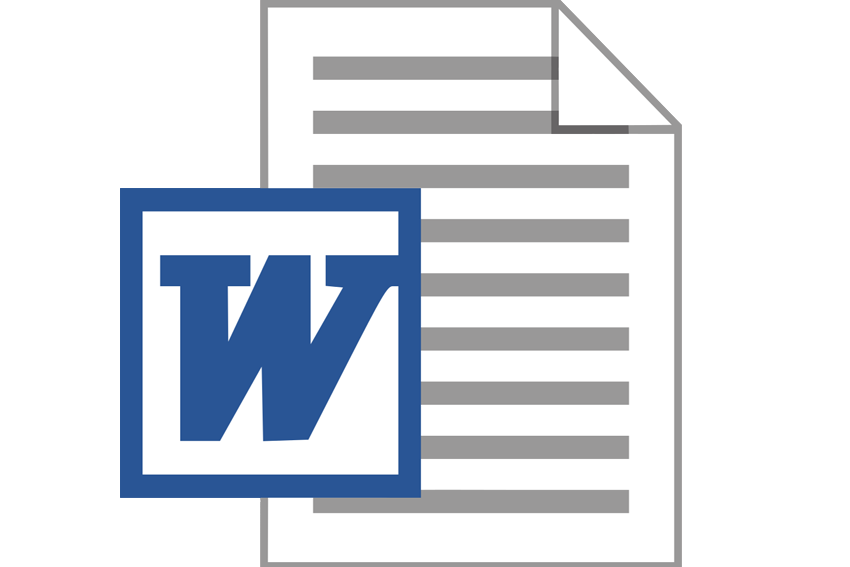Module 1 - SLP
Strategic Review
Overview
The 4-module SLP sequence for BUS599 requires that you run a simulation over an 18-year period, and that you analyze the outcome of the decisions you make at each decision point.
In this course, we will be using the MIT Solar Power Pricing Simulation.
Read the following introduction to the SunPower case:
The Industry Evolution Management Flight Simulator portrays the growth and competition of firms as an industry evolves. Playing the role of chief executive for one of the firms in the industry, you make key decisions involving pricing, investment and marketing in order to succeed in the marketplace.
This version of the simulator has been customized to portray the solar power industry, specifically SunPower and other manufacturers of photovoltaic panels (PVs). While historically the cost of electricity from PV panels has limited them to niche applications, there is massive potential for growth in the market if solar power could become a viable alternative to traditional sources of electricity.
In the simulator, your job is to maximize SunPower`s cumulative profit over a period of eighteen years. To do this, you make pricing and investment decisions each simulated time period.
As a young company with a new innovation, you will start the game with a technology that you hope stays proprietary. In theory you can reap the benefits of technological advancements from the rest of the industry while spreading your advancements to them.
In addition, you (or your administrator) have the option of setting several other competitive and market scenarios, including the sources and rates of learning, the strength of knowledge spillovers, entry of new competitors, and external incentives that help to drive consumers towards using solar power.
You will receive periodic reports including your income statement and industry data. You need to select your strategies based on those reports, your understanding of the underlying industry structure, and your best judgment about how your competitor and customers may respond.
Though the model has been carefully calibrated and tested, it is not designed to predict the future or exactly match the history and special circumstances of SunPower. Rather, it is used to illustrate competitive dynamics important not only in the photovoltaic panel industry but in other contexts you may face. Instead of merely "beating the game," focus on understanding the underlying industry structure so you can develop robust, successful strategies.
*** Source: Sterman, J. (2014). Eclipsing the competition: The Solar PV industry simulation. Forio. Retrieved on November 23, 2014 from http://forio.com/simulation/solar-test/index.htm#page=market_research
Be sure to review the SunPower case study, as it will provide you with background and context for the simulation: http://forio.com/simulation/solar-test/downloads/SunPower-Henderson.pdf
Then, visit the simulation here:
http://forio.com/simulation/solar-test/index.htm#page=market_research
At the landing page, click on “Play as an INDIVIDUAL.” Then, choose a Screen ID and click “Submit.”
Familiarize yourself with the simulation. This will require that you get an in-depth understanding of the terminology used in the simulation, as well as the pricing and cost structure of the product. As you begin this simulation (Year 1), your market share is only 2.40%. Your role with the company is to expand your company’s market share over the multi-year period of operations – while recognizing the highest possible cumulative profit. To do this, you must make favorable pricing decisions, and you must ensure that you are improving your product while simultaneously lowering unit costs. Product improvements are determined by the % of revenue allocated to process improvement (i.e., technological advancement = lower unit costs).
Should you need to brush up on financial analysis, the following presentation provides a very good overview of financial statement analysis:
http://vrpacioli.loyola.edu/ac102/chapter17/chapter17.ppt
Assignment
Run the simulation, entering the following data into the simulation for each of four decision points (NOTE: Do not change the assumptions displayed in the “Settings” tab):
1) Decision 1: For Years 2008-2012
a) Pricing – Manual
b) Module Price - $0.15
c) Revenue to Process Improvement – 5%
d) Years to Advance – 5 years
2) Decision 2: For Years 2013-2017
a) Pricing – Manual
b) Module Price - $0.13
c) Revenue to Process Improvement – 5%
d) Years to Advance – 5 years
3) Decision 3: For Years 2018-2022
a) Pricing – Manual
b) Module Price - $0.11
c) Revenue to Process Improvement – 5%
d) Years to Advance – 5 years
4) Decision 4: For Years 2023-2025
a) Pricing – Manual
b) Module Price - $0.09
c) Revenue to Process Improvement – 5%
d) Years to Advance – To end
At each of the four (4) decision points above, you are required to analyze the impact of your Module Price on market share and total profits. You are also required to determine how process improvements reduce unit costs over time. Be sure to copy tables and charts into your Word document to support your analysis. You may need to use Excel to edit the charts and tables. Do not use figures and tables as “space fillers” – however; use these only to support and justify your written report.
Keys to the Assignment
The key aspects of this assignment that should be covered and taken into account in preparing your 5-6 page paper include:
1) Include discussion and analysis of key metrics at the end of each decision point (e.g., among other data, be sure to include total market share, revenue, cumulative profit, consumer net price, modular price, unit cost, etc.). State clearly the specific analysis (horizontal analysis, or vertical analysis, or trend analysis) you used. As an MBA, it is your job to identify cause and effect!
2) For each decision point, be sure to include comparative tables that include what you believe to be the most important data. Don’t merely recite the data, however – instead, analyze the data! As an MBA, what does it tell you?
3) Make recommendations. What would you have done differently as it relates to pricing, process improvement, or other?
**** NOTE: The 5-6 page requirement includes written analysis and all supporting tables, figures, and graphics. However, it does not include Cover or Reference page. Be sure to adhere to the TUI Writing Guide for formatting all papers. If you are unsure how to complete a financial analysis, please review the following sample report:
Gilbert O`Neil Mushure. (2014). Financial analysis report: Malaysia airlines 2007 - 2011. International Journal of Sciences : Basic and Applied Research, 14 (2), 148-153.
Also refer to the following source on business writing:
O’Hara, C. (2014, November 20). How to improve your business writing. Harvard Business Review. Retrieved from https://hbr.org/2014/11/how-to-improve-your-business-writing?utm_campaign=Socialflow&utm_source=Socialflow&utm_medium=Tweet
SLP Assignment Expectations
Your paper will be evaluated based on the Grading Rubric.
Please note the following tips and suggestions:
• Include a cover page and reference page, in addition to the 5-6 pages of analysis described above.
• Include headings for all papers greater than two pages (basically all papers), but do not use headings as "space fillers."
• Cite and reference all sources that you use in your work, including those that you paraphrase. This means include citations and quotation marks for direct quotes of more than five words, and citations for that information which you have "borrowed" or paraphrased from other sources.
Hints for success!
Throughout this SLP, you will be asked to make business decisions under conditions of incomplete information and uncertainty. To do so, you will need to make assumptions based on what you have learned throughout the MBA program about how markets operate. Thus, your strategies in approaching this decision need to rely on models, financial analysis, and theories from such classes as Economics, Finance, Accounting, Marketing, Strategy, and Quantitative Analysis. In addition, the simulation will give you some additional market information as you progress.
Be sure to explicitly draw on concepts and theories from the courses you have taken throughout the MBA program. That means you need to "think like an MBA" and use the financial data you are given. You will have to crunch some numbers and present your data analysis professionally by creating some simple tables, charts and graphs.
Ensure each reference used has a good URL that and that take you to the body of work that was used as reference. This is very important.

 Include discussion and analysis of key metrics at the end of each decision point
Include discussion and analysis of key metrics at the end of each decision point